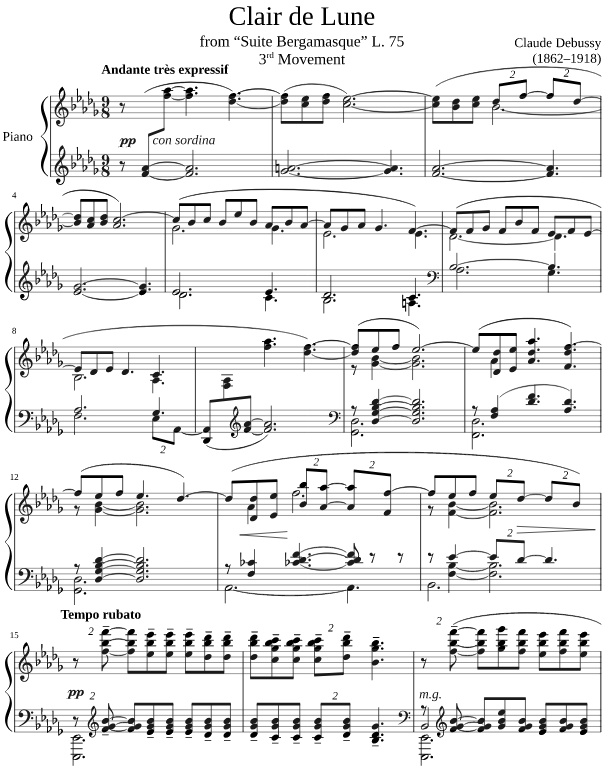Explanation of 9/8 time signature
In the article time signature, this is explained that:
- the top number indicates the number of time units in a measure (bar 
- the bottom number determines the unit of time.
We can visually translate 

That is to say that there are 9 eighth notes 

But, what is not indicated in the time signature is that 
- Simple meter (or simple time) is a meter where each beat in a measure can be subdivided by two.
- Compound meter (or compound time) is a meter where each beat in a measure can be subdivided by three.
A beat with 9/8 time signature can be divided by two or three, it depends on the context.
Here are the beats for a simple meter 

In that case (simple meter):
- 1 eighth note 

- 2 sixteenth 

- 1 dotted quarter note 

- and so on...
Here are the beats for a compound meter 

- 1 dotted quarter note 

- 1 dotted half note 

- 3 eighth note 

- 6 sixteenth 

- and so on...
In the vast majority of cases, a 9/8 bar is a 3 beats compound measure, where each beat equals a dotted quarter note 


Examples found in famous works
Debussy, Clair de Lune (moonlight)
The movement entitled Clair de Lune (moonlight in French) from Suite bergamasque by Claude Debussy use 9/8 time signature:

This royalty free sound sample was recorded by Caela Harrison (source, Attribution-No Derivative Works 3.0 license. You will notice the use of duplets.



This time signature is used in two Genesis songs (that I know of): Apocalypse in 9/8, a section of Supper's Ready, and Riding the Scree. Tony Banks' keyboard solos make it sort of hard to count, though.
Reply to this/these comment(s)